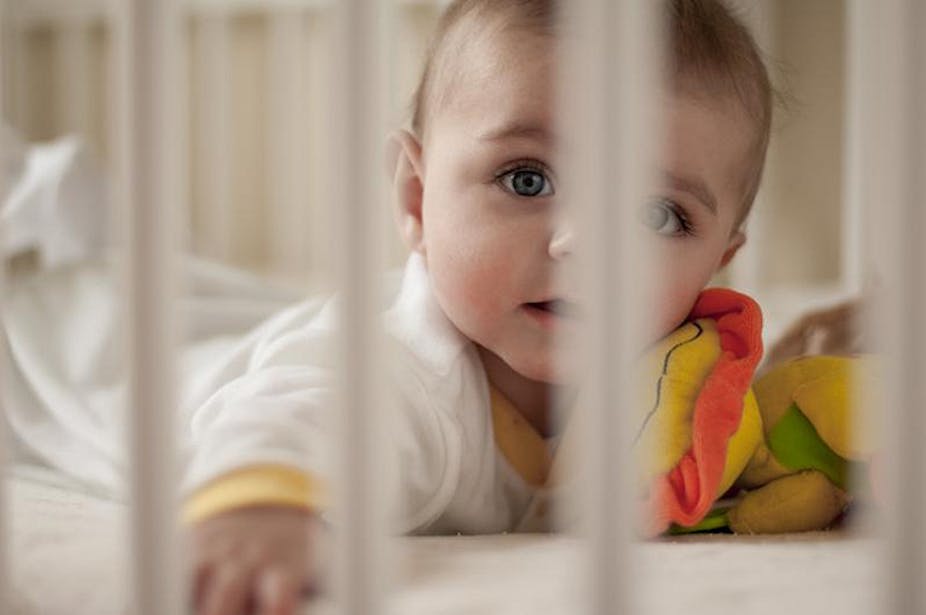In a recent visit to Australia, US Anthropologist Professor James McKenna claimed that under the right circumstances, breastfed babies could safely sleep in the same bed as their mothers. This was a perfectly natural scenario, he said, adding it promoted breastfeeding and bonding.
Perhaps most disturbing was McKenna’s claim that co-sleeping was not a risk factor for sudden infant death syndrome (SIDS).
SIDS is the sudden and unexpected death of an infant under one year of age, usually while sleeping, for which no cause can be found. A number of risk factors increase the chance of an infant dying. They include being placed to sleep on their tummy, allowing them to get their face covered by bedding and exposing them to cigarette smoke.
The Reducing the Risks for SIDS public awareness campaign, which alerted parents to these risks and explained how parents could protect their infants, successfully reduced the incidence of SIDS in Australia by more than 80% over the past 20 years.
So what should we make of McKenna’s claims? Let’s look at the evidence.
It is true that around the world the majority of babies will sleep in the same bed with their mothers. However, in western cultures the sleeping arrangements are generally very different from those in the developing world. We usually sleep in a soft bed which is raised from the floor and have pillows and soft bedding such as doonas. And there are often two adults in the bed with the infant. All of these factors pose a suffocation risk to an infant, in addition to the risk of a parent suffocating their child inadvertently.
There is now strong scientific evidence from large epidemiological studies in a number of countries that co-sleeping or bed-sharing increases the risk of SIDS. More than one in two babies who die suddenly and unexpectedly are found sharing a bed.
These alarming statistics have recently alerted the coroners in both South Australia and Victoria to issue press releases warning parents of this risk. The Melbourne Coroner John Olle found that 33 out of 72 SIDS deaths in three years occurred when infants were co-sleeping. Most of these deaths were among babies less than six months of age.
Co-sleeping is most dangerous if the mother smokes, but the risk is also increased if just the father smokes. It is also very dangerous if the parents have been exposed to alcohol or drugs, as they’re less able to be roused.
There is now growing evidence that even when none of these “risk factors” are present there is still an increased risk of SIDS and this is particularly problematic for infants under three months of age. In a recent, yet-to-be-published study which combines data from five previous studies in the United Kingdom, New Zealand and Germany and a large multicentre European study, data show that even if the baby is breastfed and the parents do not smoke there is still an increased risk.
But babies who are taken into bed for feeding and then placed back in their own cot are not at any increased risk.

The safest place for a baby to sleep is on their back, in their own cot or bassinette in the parent’s room. The cot should be made so the baby’s feet meet the foot of the bed (known as “feet to foot”, which prevents the baby from wriggling under the covers) and should also be free of any bedding such as doonas, pillows or bumper pads and soft toys that could cover the baby’s face.
It is critical that parents, carers and health professionals are aware of the risks of co-sleeping and take steps to avoid it. Breastfeeding is protective for SIDS, but it can be done without the need to share a bed.

